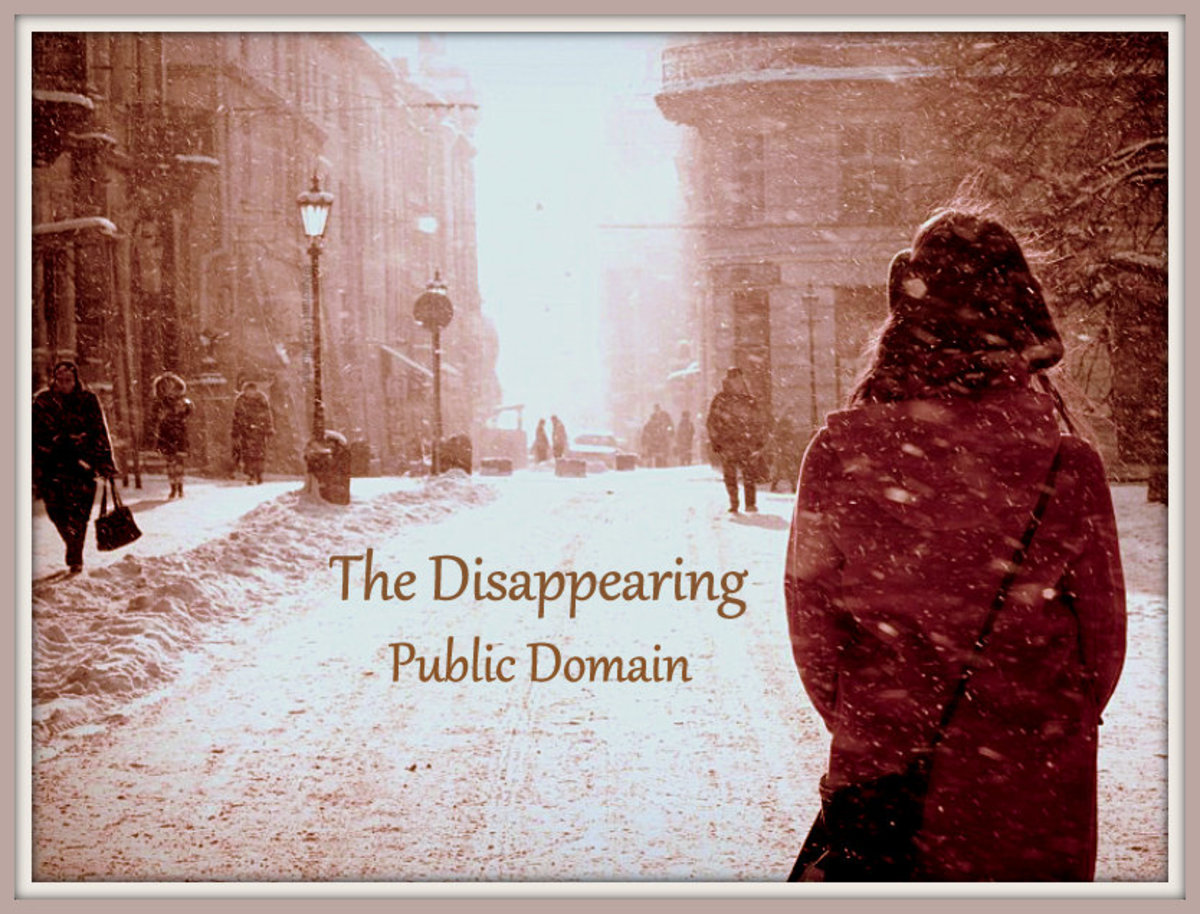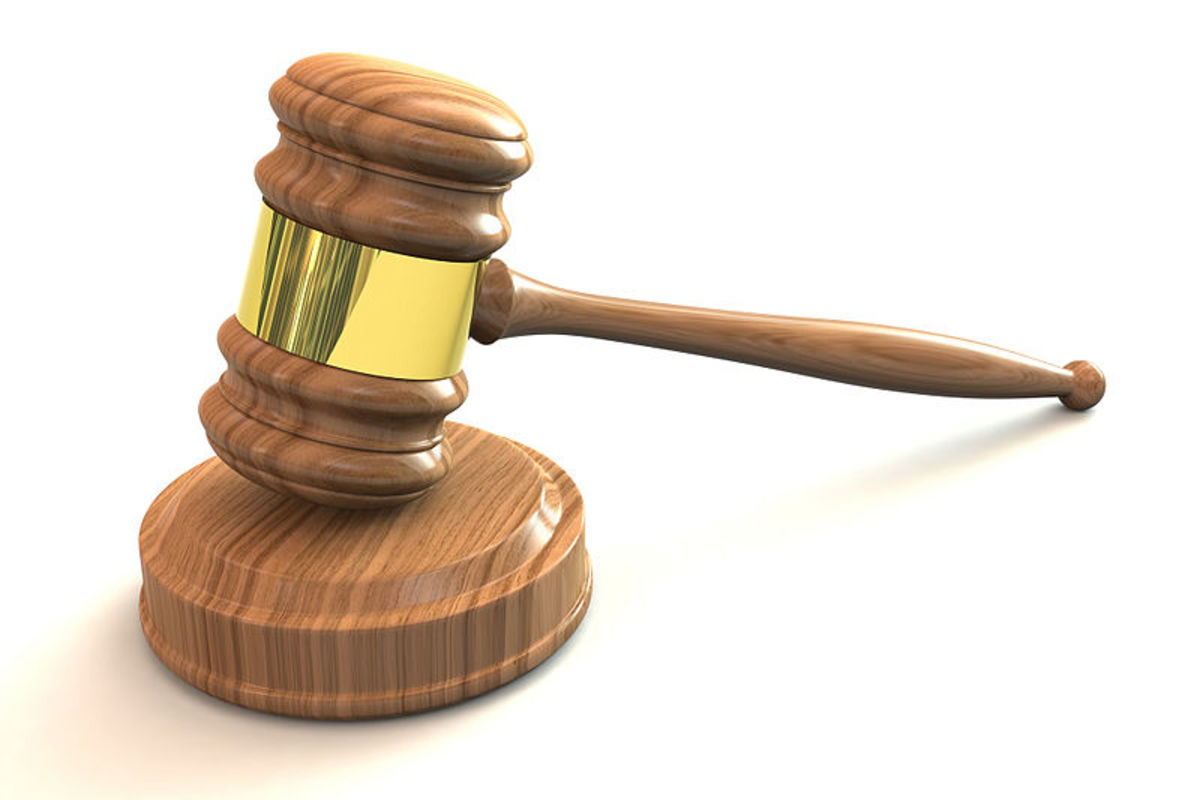Types of Intellectual Property and Legal Protection
Protection for Bright Ideas

Types of Intellectual Property
Intellectual property is (and has been for a while) somewhat of a sticky issue. If a person owns a piece of land, it is a lot easier for them to define and prove what they own than it is for them to define and prove that they own a certain idea or work. I believe that regulating intellectual property is necessary, although not every regulation in that area is healthy, per say.
Based on my readings and my understanding, there are three major types of intellectual property. First, there are inventions, which are works created by people that can take various forms. Traditionally, we when think of inventions we think Thomas Edison and the light bulb or some physical object. However, today there are a lot of inventions which are not physical, but digital such as a unique design for an online shopping cart or an algorithmic method of analyzing complex data. Inventions are protected by patents. Patents provide government protection for an invention for a limited period of time (in the US today, it is 20 years) and subject the invention to public awareness (Wikipedia, 2010).
Another form of intellectual property is a written work. Again, the idea of a written work has evolved from traditionally being a book or document to being a patch of code or a software application. This property is protected by a copyright which according to Wikipedia, “is a set of exclusive rights granted by the law of a jurisdiction to the author or creator of an original work” (Wikipedia, 2010). According to the World Intellectual Property Organization state that some of the rights protected by copyright is the owner’s right to allow or disallow: reproduction, distribution, public performance, translation, broadcasting, and adaptation (WIPO, 2005).
Finally, there is the trademark, which is “a word, name, symbol, or device which Is used in trade to indicate the source of the goods and to distinguish them from the goods of others” (Rappa, 2009). Trademarks are unique to particular brand, business, or individual and therefore need to be protected in the interest of preserving an entity’s identity. There are three types of trademarks: unregistered trademarks (marked with the ™ symbol), unregistered service marks (℠), and registered trademarks (®). Unregistered marks are still protected by law, but do not have all the rights of a registered trade mark (Wikipedia, 2010).
Enforcement of Intellectual Property Laws
As I have mentioned, all of the above can be protected by the law. In most cases legitimate infringement of a copyright can be enforced by a civil lawsuit. Legal action for patent violations can be taken to the courts or a complaint can be filed with the ITC (International Trade Commission). For trademark violations, a private, rather than a civil law suit, can be filed (Wikipedia, 2010). Many companies have ramped up their prosecution of those persons who violated copyrights, especially in the last several years (Greene, 2010).
Sources:
Greene, Kochava. 2010. http://www.ehow.com/about_5052275_happens-someone-breaks-copyright-law.html.
Rappa, Michael. 2010. http://digitalenterprise.org/ip/ip.html
Wikipedia. 2010. Articles on: Patent, Copyright, Trademark, and US Laws effecting each of those.
World Intellectual Property Organization. 2005. http://www.wipo.int/freepublications/en/intproperty/909/wipo_pub_909.pdf
© 2010 Jason Matthews








